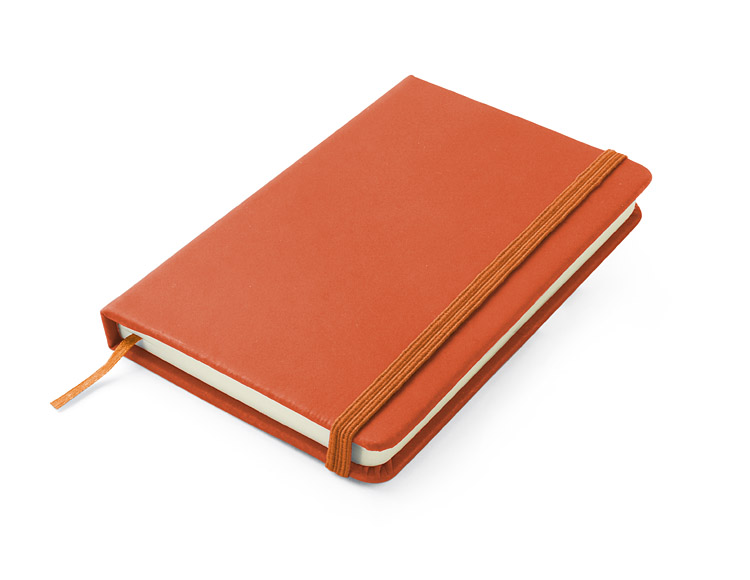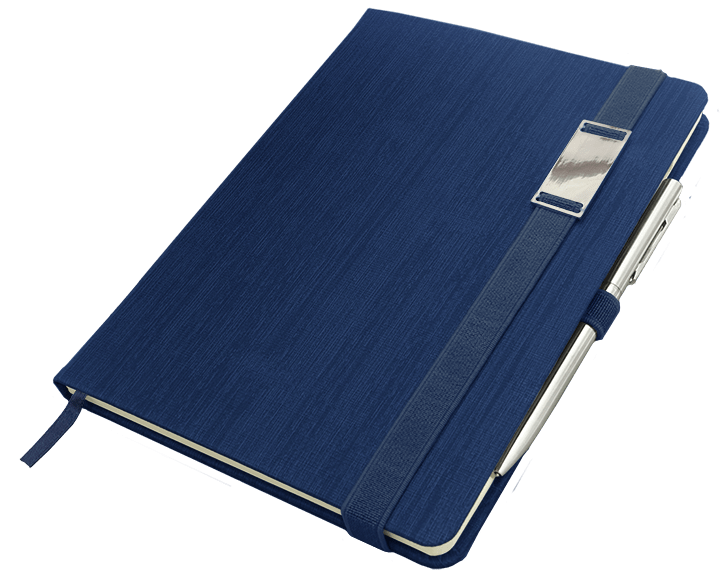Products: Found {{ searchResultsCount }} - Show all
Check if you entered what you are looking for correctly.
Categories: Found {{ categorySearchResults.length }}

Magnetic notebook with a pen 1247151
Materials: Chamois Paper , Magneto PU Leather
• Contains Touch Pen
• Checkered 80 Sheets
• Cartridge color - blue
• Pen color selection
The world upside down
The magnetic field extends tens of thousands of kilometres from the Earth, and the area in which it occurs is called the Earth's magnetosphere.
This is because the positive magnetic pole of our planet (i.e. the magnetic south pole) is in the north (where the polar bears are). The negative magnetic north pole is in the south (where the penguins are). This is why the compass needle always points north (approximately, as the geographic and magnetic poles do not exactly align). The coloured end of the needle is negatively charged - so it reacts to positive charges coming from the north.
The poles have helped humans navigate for centuries, but we are not the only species to use the magnetosphere for guidance. Sea turtles and birds also use it to navigate during their annual migrations. Interestingly, the deviation of the magnetic poles from the geographic poles is thought to have contributed to the discovery of America by Christopher Columbus. Who is said to have been the son of a Polish king hiding incognito in Madeira.
But that's another story...
Aurora Borealis
Our protective magnetic bubble plays a key role in protecting the Earth from harmful cosmic influences such as solar wind and cosmic radiation. However, rather than repelling solar wind particles, our large magnet 'catches' them and redistributes them towards the poles - hence the beautiful and fascinating phenomenon of the aurora borealis.
Strong solar winds, caused by solar storms, can cause magnetic field disturbances. This leads to disrupted communications and even damaged electrical lines. The aurora, on the other hand, becomes very bright and can be seen at latitudes where it does not normally occur, such as in Poland or even further south.
To "hunt" for it, it is worth following the auroraforecast.com website. It's also worth noting the possible date down. Maybe in our magnetic notebook?





